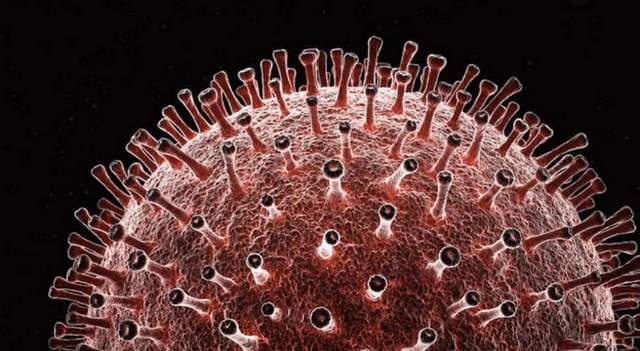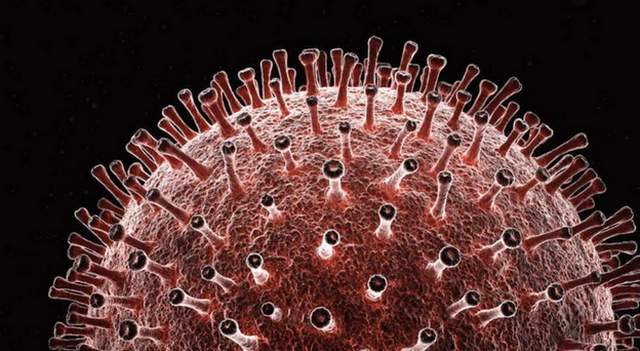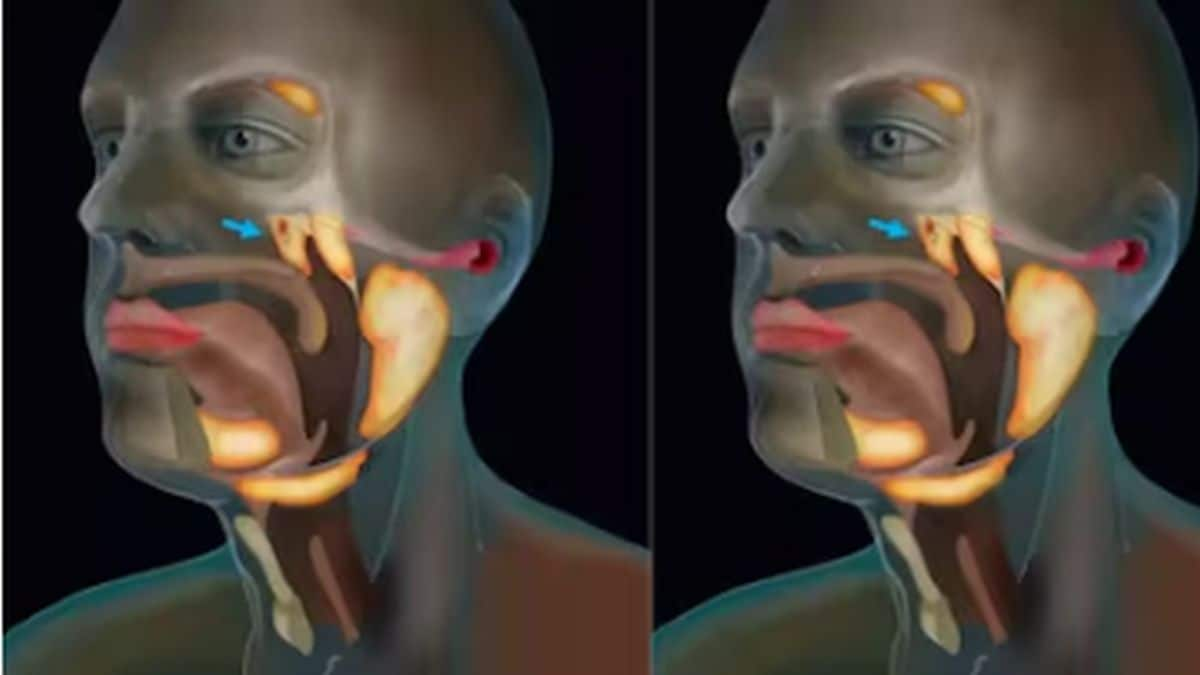Superspreaders - everyone seems to be using this word in the context of COVID-19 these days. After social distancing, this might be one of the most catchy terms that are gaining popularity all over the world. But do you know what a superspreader is, and exactly why it’s quickly becoming a huge concern in the context of COVID-19? Here’s everything you need to know. Old theory, new disease Let’s start with a clarification: A superspreader is not a brand new phenomenon associated with only COVID-19 infection. Many earlier studies in infectious disease epidemiology noted that some infected individuals had a higher ability to infect others. The most interesting early example is perhaps Typhoid Mary (Mallon), a cook with asymptomatic infection who managed to spread typhoid to 51 individuals between 1900 and 1907. A study published in the International Journal of Infectious Diseases in 2011 explains that research led to the creation of the 20/80 rule which explained in parts what a superspreader is. You might be aware of the basic reproductive number or R-naught (R0) of an infectious disease, especially in the context of COVID-19 by now - it signifies the number of people one infected person can pass on the infection to, on average. Turns out, a fraction of the population, i.e. 20 percent, contributes disproportionately and excessively to the R-naught, leading to the spread of the infectious disease to 80 percent of the total infected. [caption id=“attachment_8380431” align=“alignnone” width=“640”]  Representational image. Getty images[/caption] This 20 percent consists of superspreaders, and if this population is controlled, the R-naught would go down by 80% and the infectious disease will lose much of its potency to become easier to control. Now, it’s important to remember that superspreaders are not always humans - but in the case of COVID-19, human superspreaders have played a huge role till date. Superspreaders and COVID-19 There have been multiple reports of super-spreading events of COVID-19 since February-March 2020: an infected person spread COVID-19 to seven others during a Zumba instructors’ workshop in South Korea in February, 76 out of 350 wedding attendees contracted the infection in Jordan in March, one choir member infected 52 others at choir practice in Mount Vernon, USA. Closer to home, Tablighi Jamaat’s prayer gathering organised in Delhi’s Nizamuddin area in March has been referred to as a super-spreading event. These are just a few examples but they indicate a trend. There aren’t too many available researches on COVID-19 superspreaders yet, but one preprint paper about infection rates in Hong Kong between 23 January (first reported case) and 28 April indicates that five-seven superspreader events (SSE) occurred in the city, which in turn contributed immensely to the overall COVID-19 transmission. In one SSE, a single infected individual infected 73 more after bar-hopping in March! How to stop superspreaders From everything that’s known about superspreaders till date, it’s quite clear that controlling this group’s interactions, or removing them from circulation until recovery, is the best way to arrest the spread of COVID-19 or any other infectious disease for that matter. However, here’s where the problem lies: super-spreading is a complex process that has, until now, been either traced back to a single infected host after the transmission has occurred, or been used in observational and modelling studies to make projections for an infectious disease’s growth. No study - not even those done on infectious diseases in livestock, like the one published in Biology Letters in 2005 - has been able to identify what makes an infected individual a superspreader. Current research suggests that the degree of infectiousness of COVID-19 peaks within the first few days of contracting the disease. You could be a superspreader whether you have symptoms or, like Typhoid Mary, are asymptomatic. So, is it even possible to stop superspreaders or SSEs? There is no straightforward answer to this yet, but one could try the approach other countries have. Communities could adopt Japan’s successful anti-superspreading strategy of avoiding what researchers at Tohoku University are calling the three C’s - closed spaces, crowds, close contacts. A nation can efficiently practice widespread COVID-19 testing and contact tracing like Hong Kong has. And one can maintain strict physical distancing, wear masks or face covers, and follow proper sanitisation and hygiene protocols. For more information, read our article on COVID-19 superspreaders and how to stop them. Health articles in Firstpost are written by myUpchar.com, India’s first and biggest resource for verified medical information. At myUpchar, researchers and journalists work with doctors to bring you information on all things health.
Is it even possible to stop superspreaders or SSEs? There is no straightforward answer to this yet, but one could try the approach other countries have.
Advertisement
End of Article


)

)
)
)
)
)
)
)
)



